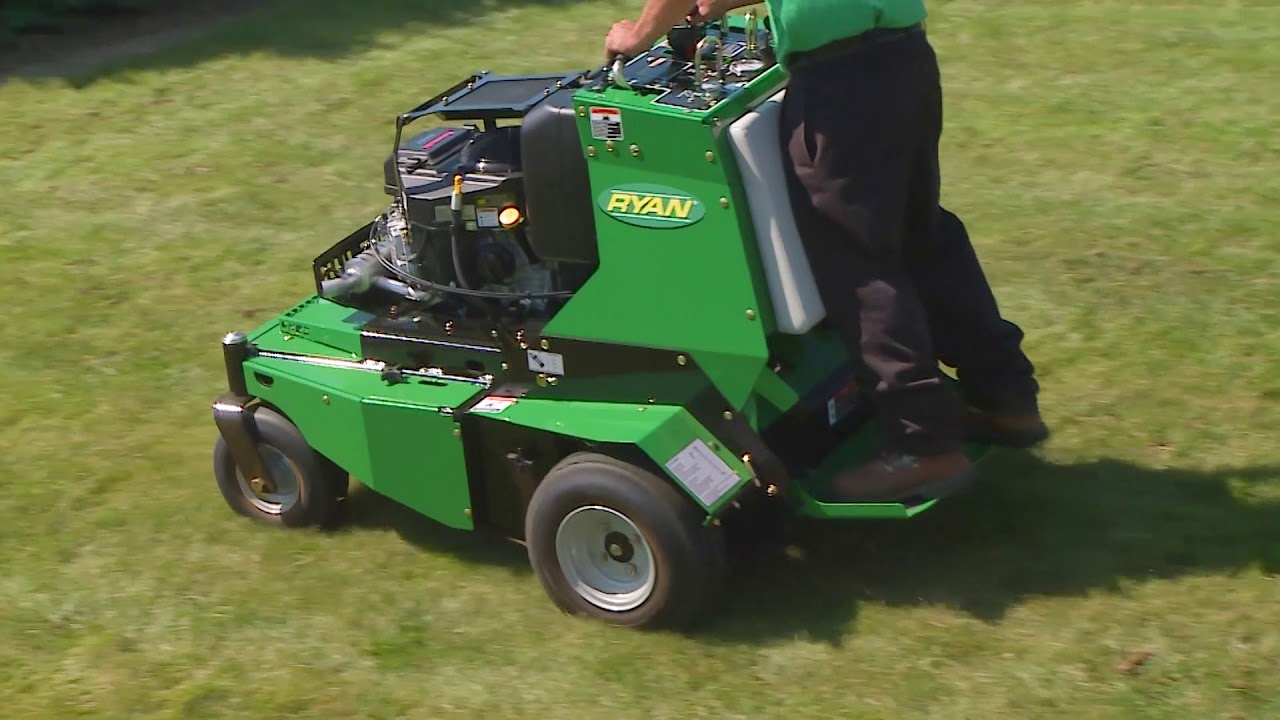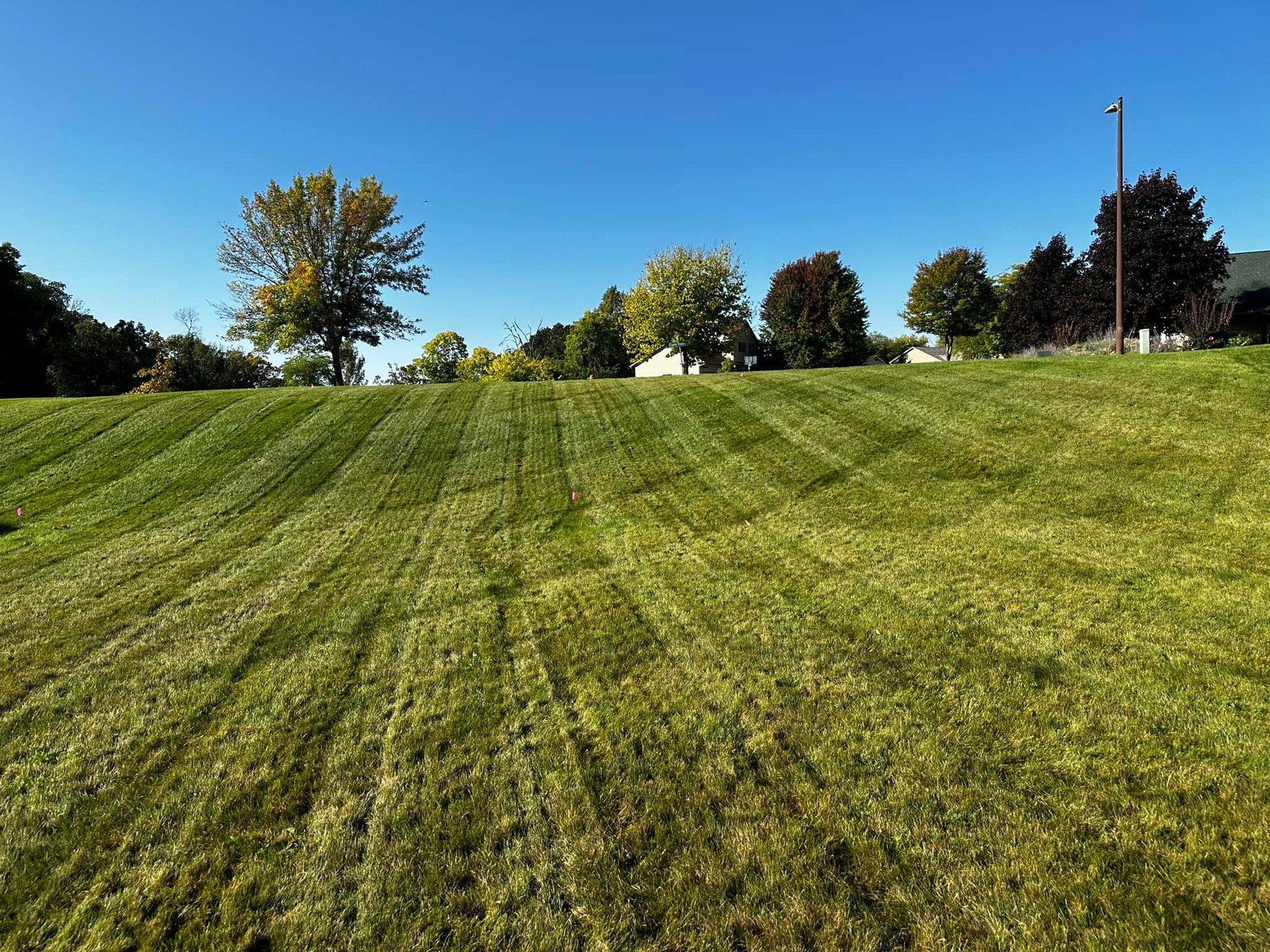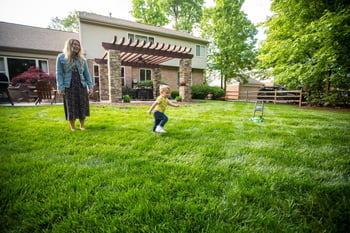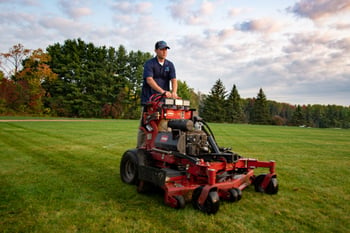Lawn Aeration Services
Breathe new life into your lawn

Benefits of Lawn Aeration
Breaks Up Thatch and Compacted Soil
Increases Nutrient Availability
Lawn aeration allows your grass roots to absorb vital nutrients more efficiently. It also enhances the impact of fertilization and regular watering, helping to maintain a healthy, lush lawn.
Builds A Thicker, Fuller Lawn
Aeration encourages strong root development, helping to create and sustain a dense, vibrant lawn. For cool-season grasses, our experts overseed to fill in bare areas and thicken the turf, reducing the chance for weeds to take hold in the spring.

Here's How Aeration & Overseeding Work

Lawn Aeration
For warm-season grasses like St. Augustine and Bermuda, the ideal time for lawn aeration is late spring or early summer. For cool-season grasses such as Kentucky Bluegrass and Perennial Ryegrass, aeration is most effective in late summer or fall. During the aeration process, small holes are punched into the lawn to remove plugs of soil, turf, and thatch, allowing your grass to breathe and thrive.
Overseeding
For cool-season lawns, overseeding is essential for filling in bare spots and thinning areas, enhancing overall lawn health, density, and appearance. By using high-quality grass seed designed for improved disease resistance and drought tolerance, overseeding helps your lawn stay strong and vibrant, even under challenging environmental conditions.


When to Water After Aeration & Overseeding
After aeration, maintain your usual watering schedule. For overseeded areas, water lightly several times a day to keep the soil moist and promote seed germination. Even after you notice new growth, continue frequent watering to ensure the seedlings don’t dry out. Once the grass is well-established, you can return to your regular watering routine.
When to Mow After Aeration & Overseeding
You can resume your normal mowing routine after aeration. However, if you've overseeded, pause mowing when you notice germination and give the seeds about 10 days to establish before mowing again. Within one to two weeks, the soil and turf plugs will decompose, returning essential nutrients to your lawn.

Let's work together
Fill out our website form and we'll get back to you with a free, no-obligation quote.
